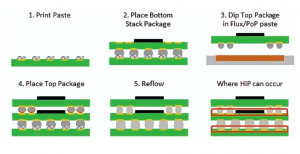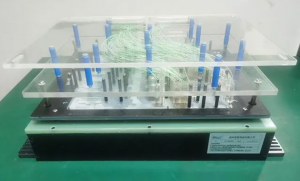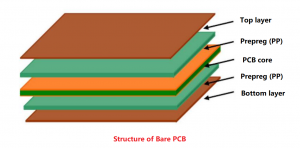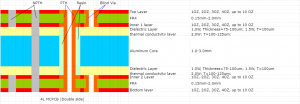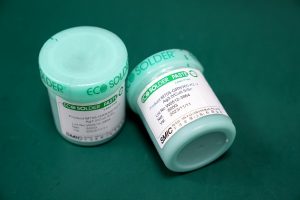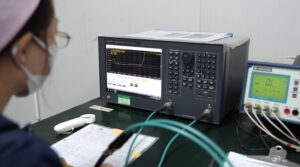What is an Ego Battery Circuit Board?
The Ego Battery Circuit Board is a kind of circuit board that assembled with Ego branded batteries. Ego batteries are commonly found in devices such as e-cigarettes (also known as vape pens) and portable power tools. The circuit board is responsible for controlling the current between the battery and the device, ensuring optimal performance while protecting the battery from potential hazards.
Essentially, the Ego battery circuit board acts as the “brain” of the battery. It monitors important factors such as voltage, current and temperature and makes real-time adjustments to keep everything running smoothly. If the battery voltage drops too low or rises too high, the circuit board steps in to regulate the current. This prevents the battery from being damaged by overcharge, over-discharge, or short circuit.
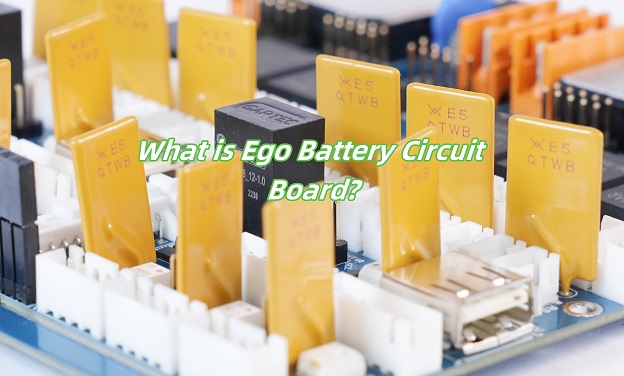
The Ego battery circuit board is designed with safety in mind. Overcharging or over-discharging can cause the battery to overheat and even catch fire in extreme cases, but built-in protection prevents these problems. Therefore, Ego batteries are safer to use in everyday devices, especially in e-cigarettes, where users rely on them for frequent daily charging and discharging.
How Does the Lithium Battery Protection Circuit Board Work?
The working principle of the lithium battery protection circuit board mainly involves real-time monitoring of the voltage and current of the battery, and taking protective measures when necessary to ensure the safe use of the battery. āThe lithium battery protection circuit board is usually composed of electronic circuits, including control ICs, MOS switches, resistors, capacitors and auxiliary devices such as NTC, ID memory, etc. These components work together to achieve complete protection of the battery.
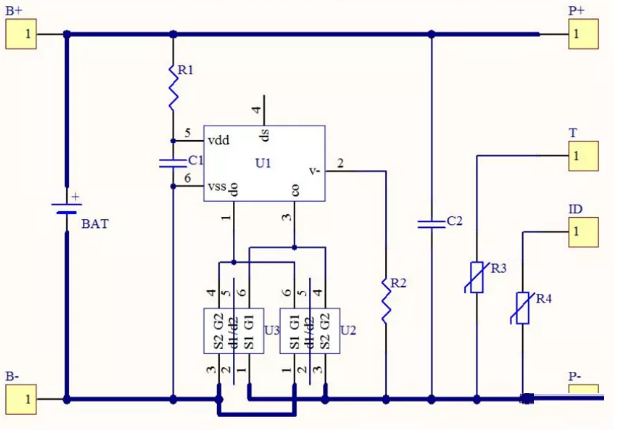
Overshoot protection
When the battery is charged to the voltage exceeds the set value (generally 4.25-4.35V), the protection circuit board will respond immediately and turn off the MOS switch within tens of milliseconds through the control IC to stop charging and prevent the battery from being damaged due to overcharge. When the overcharge protection is restored, charging will start again when the battery voltage falls back to a certain value (e.g. 3.8-4.1V).
Over-discharge protection
When the voltage of the battery is reduced to the set value (generally 2.3-2.5V) due to discharge, the protection circuit will also turn off the MOS switch through the control IC in a short time to stop discharge, in order to prevent the battery from being damaged by excessive discharge.
Overcurrent and short circuit protection
If the discharge current in the circuit exceeds the set value or the output is short-circuited, the overcurrent and short circuit detection circuit will act to shut off the MOS tube, thus cutting off the current and protecting the battery from damage.
In addition, the protection board also includes bypass or decoupling capacitors, the location and value of these capacitors are critical for both digital and analog design, and their location should be placed as close as possible to the device to effectively bypass the high-frequency signal on the power supply, avoiding the introduction of noise or vibration.
What Is the Battery-Looking Thing on a Circuit Board?
The “battery-looking” component on a circuit board can sometimes confuse users who think it might be a battery, but in many cases, itās actually a different electronic component known as a capacitor. A capacitor is a device used to store and release electrical energy. While it might resemble a small battery in shape and size, its function is quite different.
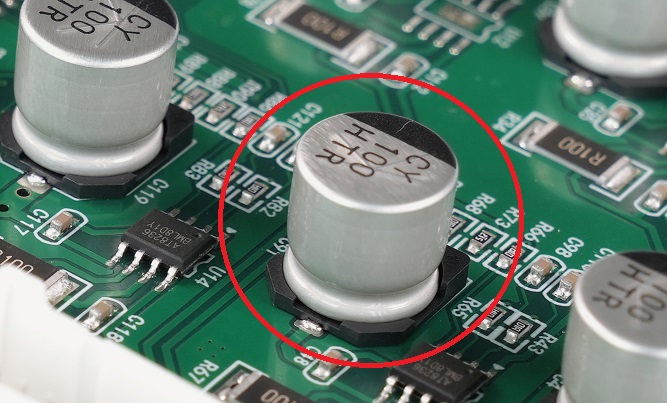
Capacitors play a critical role in regulating voltage and smoothing out fluctuations in electrical circuits. In many electronic devices, including Ego batteries, capacitors are used to stabilize the power output, ensuring a steady flow of electricity. Without capacitors, the voltage supplied to a device could spike or drop suddenly, leading to erratic performance or damage to sensitive components.
Capacitors can be mistaken for batteries because they store energy, but they donāt have the same long-term storage capabilities as a true battery. While a battery provides a continuous flow of energy over an extended period, a capacitor is designed to store energy temporarily and release it quickly when needed.
In some cases, especially in complex electronic systems, there is a small backup battery on the circuit board. This is commonly found in devices like computers or other electronics that need to maintain settings or real-time clocks even when the main device is turned off. These backup batteries ensure that critical information, like the time or system settings, remains intact. However, in Ego battery circuit boards, you will typically only find components like capacitors, resistors, and protection circuit boards that manage power regulation and performance, rather than actual backup batteries.
What Does Rechargeable Battery with PCB Mean?
A rechargeable battery with a PCB means that the battery is equipped with a printed circuit board (PCB), which is usually to increase the functionality and safety of the battery. āThe PCB board in the rechargeable battery plays an important role, which not only increases the functionality of the battery, but also improves the safety of the battery. Specifically, the role of the PCB board on the battery is reflected in the following aspects:
1. Battery management
The battery in the charging bank needs to be properly managed through the PCB board to ensure its safe and stable work. The PCB board integrates the battery management chip and related circuits, which can charge, discharge and measure the battery, and has the protection functions of overcharge, over-discharge and over-current, so as to extend the service life of the battery.
2. Energy conversion
The power bank needs to convert the electrical energy of the battery into the voltage and current suitable for mobile devices. The circuit and electronic components on the PCB board realize this energy conversion process, converting the battery’s electrical energy into a stable output voltage and current to meet the needs of different devices.
3. Efficiency improvement
Excellent PCB board design can reduce the resistance and loss in the circuit, improve the charging efficiency. At the same time, the intelligent charging chip can also be integrated on the PCB board to adjust the charging power according to the status of the battery and the needs of the equipment, and further improve the charging efficiency.
4. Safety guarantee
The circuit and electronic components on the PCB board need to have a high degree of safety and stability to ensure that there will be no short circuit, overheating, explosion and other safety accidents during use. At the same time, PCB boards also need to have electromagnetic compatibility to reduce interference with other equipment.
How Many Years Do Ego Batteries Last?
10 Years. Due to their high capacity, all EGO batteries can be stored unattended for a minimum of 10 years without damaging capacity and cycle performance.
Frequently Asked Questions about Ego Battery Circuit Board
What devices use Ego batteries?
Ego batteries are popular in vaping devices but can also be found in power tools, flashlights, and other portable electronic devices.
Can I replace the circuit board in an Ego battery?
Replacing the circuit board requires technical knowledge and is not recommended unless you are experienced with battery repairs. It’s safer to replace the entire battery.
Are Ego batteries safe?
Yes, Ego batteries are equipped with protection circuit boards that ensure safety by preventing overcharging, overheating, and other potential issues.
How often should I charge my Ego battery?
Itās recommended to charge the battery before it gets too low to avoid over-discharging. Regular charging, without letting the battery fully drain, helps extend its lifespan.
What is the warranty on Ego batteries?
Most Ego batteries come with a warranty of 1 to 3 years, depending on the manufacturer and the specific product.


